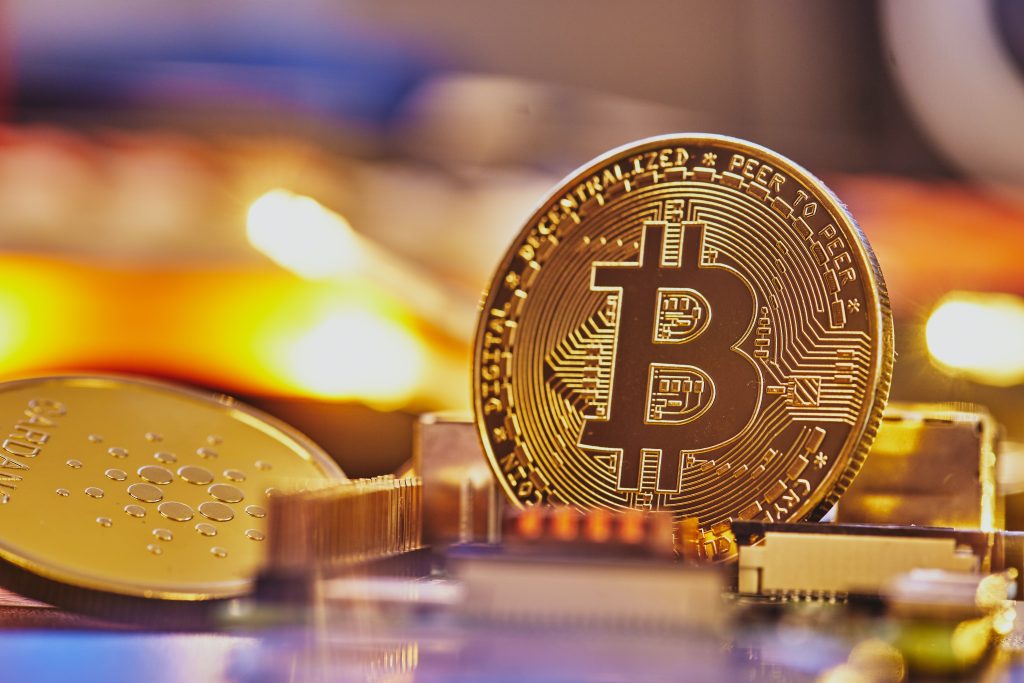Bitcoin Mining: Unearthing Digital Gold in the Digital Age
Bitcoin mining, often referred to as the process of “digging” for digital gold, is a complex but rewarding endeavor. It’s not only a way to potentially earn Bitcoin but also a critical part of the network’s infrastructure. In this comprehensive guide, we will walk you through the process of how to mine Bitcoin, from the basics to advanced techniques, the tools required, and potential challenges.
Understanding the Basics
Before you dive into the world of Bitcoin mining, it’s essential to grasp the fundamental principles:
What Is Bitcoin Mining?
Bitcoin mining is the process of validating transactions on the Bitcoin network and adding them to the blockchain, a decentralized ledger. It serves a dual purpose: securing the network and generating new Bitcoins. This process ensures the trustworthiness of the cryptocurrency system, preventing double-spending and fraud.
Proof of Work (PoW)
At the heart of Bitcoin mining is the Proof of Work (PoW) algorithm. PoW involves solving a complex mathematical puzzle, known as the cryptographic hash function, to add a new block of transactions to the blockchain. Miners compete to solve this puzzle, with the first successful miner reaping the rewards.

Blockchain and Block Rewards
The Bitcoin blockchain is a chain of blocks, each containing a set of transactions. Miners bundle these transactions and add them to the blockchain by solving the PoW puzzle. As a reward for their efforts, miners receive new Bitcoins, known as the block reward, and transaction fees.
The Halving
Approximately every four years, the block reward halves. This event, known as the “halving,” reduces the rate at which new Bitcoins are created. The halving is a vital element of Bitcoin’s deflationary nature and economic model.
Preparing for Bitcoin Mining
Before you begin mining Bitcoin, several crucial steps must be taken:
1. Obtain Necessary Hardware
To mine Bitcoin, you’ll need specialized mining hardware. In the early days, CPUs and GPUs could suffice. However, as the network’s difficulty increased, more powerful hardware, like Application-Specific Integrated Circuits (ASICs), became necessary. ASICs are custom-built for mining and offer far greater processing power than regular consumer hardware.
2. Set Up a Bitcoin Wallet
Before you start earning Bitcoin, you need a secure place to store it. A Bitcoin wallet, either software-based or hardware-based, is essential. It serves as your digital vault for receiving and storing your mined Bitcoins.
3. Join a Mining Pool
Mining on your own, often referred to as solo mining, can be highly challenging and often less rewarding. To increase your chances of earning consistent rewards, consider joining a mining pool. Mining pools are groups of miners who combine their computational power and share the rewards based on the amount of work contributed.
4. Choose Mining Software
Mining software connects your hardware to the Bitcoin network and mining pool. There are various mining software options available, and the choice depends on your hardware and operating system. Popular options include CGMiner, BFGMiner, and NiceHash.
The Mining Process
Once you’ve completed the setup, you’re ready to embark on the Bitcoin mining journey. Here’s an overview of the mining process:
1. Install Mining Software
Install your chosen mining software on your mining hardware. Ensure that you configure it properly, specifying the mining pool’s address and your wallet address.
2. Start Mining
Launch the mining software to start the mining process. The software will connect to the Bitcoin network and your selected mining pool.
3. Solve the Proof of Work Puzzle
Your mining hardware will begin solving the PoW puzzle by attempting various combinations to find the correct nonce (a value that, when hashed with the block’s data, produces a hash with a specific number of leading zeros). The first miner to solve the puzzle gets to create a new block.
4. Receive Rewards
When your mining pool successfully mines a new block, you’ll receive a share of the rewards, including newly created Bitcoins and transaction fees. The rewards are sent directly to your Bitcoin wallet.
Challenges and Considerations
Bitcoin mining, while potentially profitable, comes with its share of challenges and considerations:
Energy Consumption
The energy-intensive nature of Bitcoin mining has raised concerns about its environmental impact. The electricity costs can be substantial, particularly for miners operating in regions with high energy prices.
Mining Pool Fees
Mining pools typically charge fees for their services, which reduce the miner’s overall earnings. It’s essential to understand the fee structure and choose a pool that aligns with your preferences.
Regulatory and Legal Concerns
The regulatory landscape for Bitcoin mining varies by region and can change over time. Ensure that you are aware of the legal and tax obligations in your jurisdiction.
Technological Obsolescence
The rapidly evolving nature of Bitcoin mining means that mining hardware can become obsolete relatively quickly. It’s important to stay informed about the latest developments and technological advancements in the field.
The Future of Bitcoin Mining
The future of Bitcoin mining is marked by ongoing innovation and adaptation. Here are a few potential developments:
Sustainable Mining
Efforts are underway to make Bitcoin mining more environmentally friendly by harnessing renewable energy sources and increasing energy efficiency.
Technological Advancements
As the industry evolves, more powerful and efficient mining hardware will continue to emerge, making the mining process accessible to a broader audience.
Regulatory Clarity
The regulatory landscape for Bitcoin mining is likely to evolve, with a growing emphasis on legitimizing and regulating the industry.
In conclusion, Bitcoin mining is a dynamic and potentially rewarding process that underpins the entire Bitcoin network. It involves solving complex puzzles, securing transactions, and generating new Bitcoins. While it’s not without challenges, the mining process continues to adapt and evolve, reflecting the ever-changing landscape of cryptocurrencies. As you embark on your mining journey, remember to stay informed, keep up with technological advancements, and consider the environmental impact of your mining activities. Happy mining!